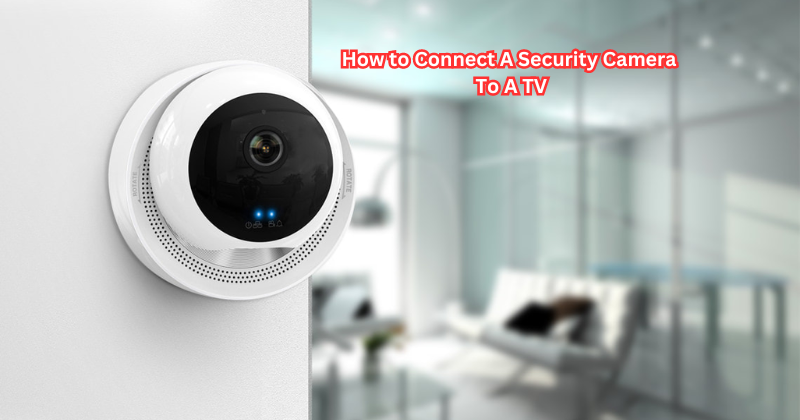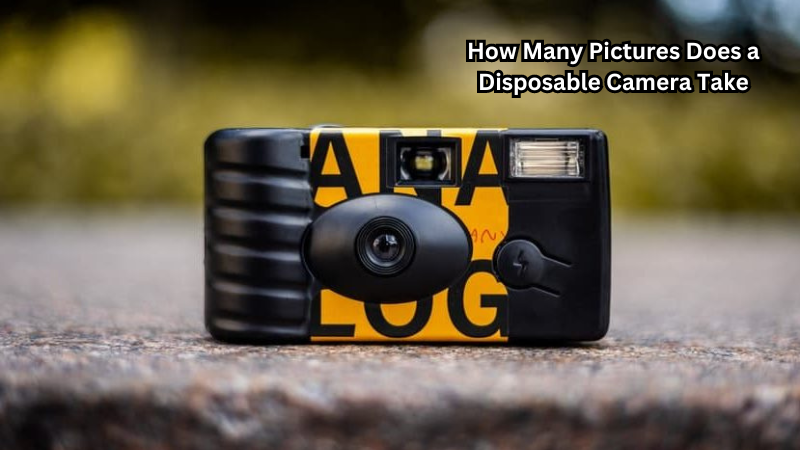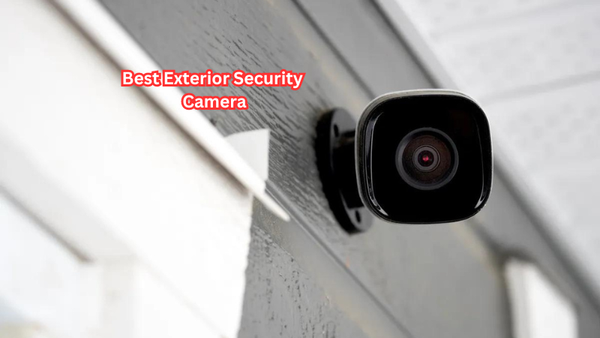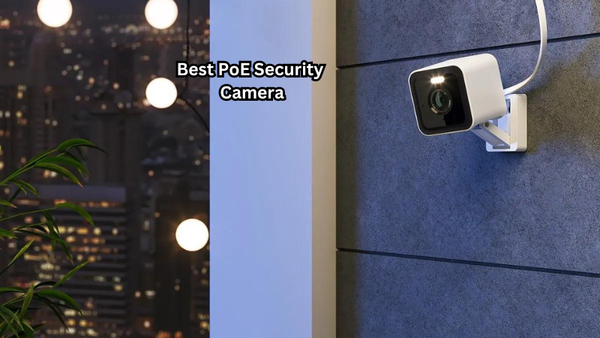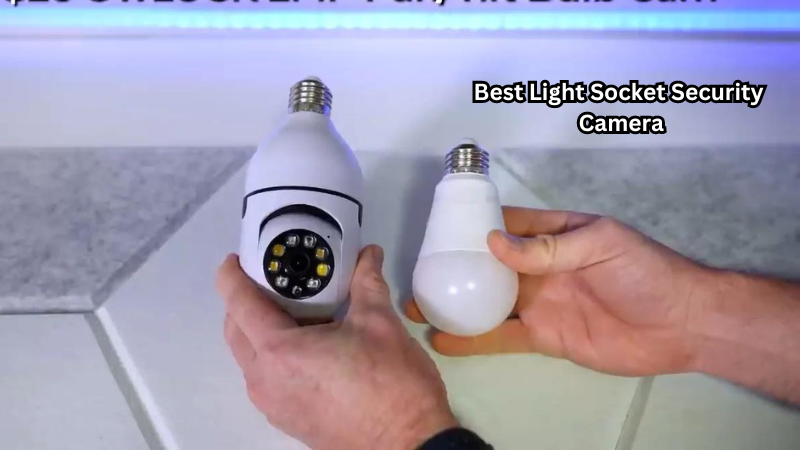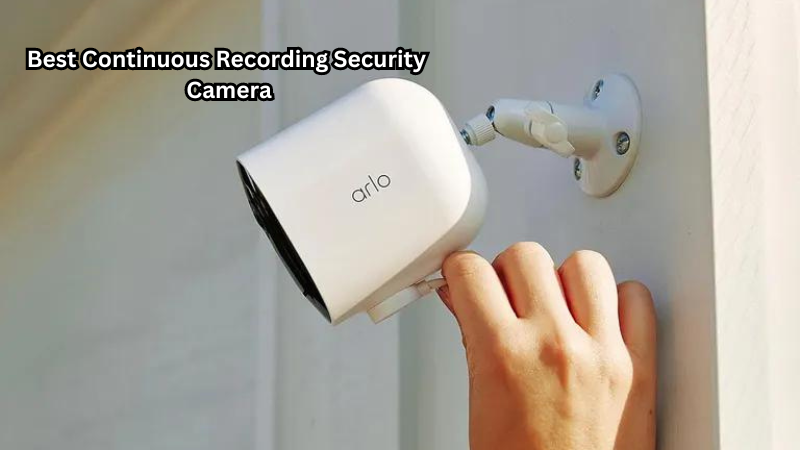Connecting a security camera to a TV is a practical way to monitor your surroundings with ease and convenience. By establishing this connection, you can view live footage from the camera directly on your television screen, enhancing your surveillance capabilities. To begin, ensure that both the security camera and the TV support the same connection type, such as HDMI or RCA cables.
Next, locate the video output port on the camera and connect it to the corresponding input port on the TV. Follow the manufacturer's instructions for any additional settings or configurations needed. This seamless integration between your security camera and TV offers a simple yet effective solution for monitoring your premises.
Benefits of Connecting a Security Camera to a TV
By connecting your security camera to a TV, you can enjoy numerous benefits that enhance your overall surveillance experience. These include:
- Larger Viewing Screen: With a TV's larger screen size compared to a smartphone or computer, you can view footage from your security camera in greater detail and clarity.
- Real-Time Monitoring: By connecting a security camera to a TV, you can continuously monitor your surroundings in real-time without having to constantly check your phone or computer.
- Improved Playback: With the ability to pause, rewind, and fast-forward live footage on a TV, reviewing specific events captured by your security camera becomes much easier.
- Multi-Camera Viewing: Many modern TVs offer the option to split the screen and view multiple camera feeds simultaneously, providing a comprehensive overview of your property. CCTV cameras are also compatible with this feature.
- Remote Access: A wireless security camera connected to a TV allows you to access the footage remotely through your TV, providing peace of mind even when you are away from home.
Before Connecting Security to TV: Know About Your Security Camera and TV
Before linking your camera to the TV, ensure you're aware of your camera type and whether it's compatible with your TV. Understanding these details will assist you in determining the optimal connection method.
Types of Camera Connections
- HDMI: High-Definition Multimedia Interface (HDMI) is a common connection type found on both security cameras and TVs. It offers high-quality digital video and audio transmission, making it an ideal choice for connecting your camera to your TV.
- RCA Cables: Also known as composite cables, these are the red, white, and yellow cables most commonly found on older TV models. While they may not provide the best quality, they still offer a reliable option for connecting your camera to your TV.
- Wireless: Some security cameras come with built-in Wi-Fi capabilities, allowing them to connect wirelessly to your TV through your home network. This eliminates the need for cables and offers more flexibility in camera placement.
Connect security cameras to your TV using either of these options, depending on what is available and compatible with your devices.
TV Compatibility is also key for Security Cameras
Not all security cameras and TVs are compatible with each other, so it's important to check for compatibility before attempting to connect them. Some things to consider include the resolution and refresh rate of your TV, as well as the video output capabilities of your camera.
If you're unsure about compatibility, consult the user manuals or contact the manufacturer for assistance. Moreover, it's important to ensure that both devices are on the same network to establish a successful connection.
How to Connect Security Camera to TV with DVR?
For many standard security cameras, utilizing a digital video recorder (DVR) is an effective solution for connecting multiple cameras to your TV. The DVR is equipped to manage both analog and digital camera video feeds. To accomplish this setup, you'll need to link your security camera to the DVR and subsequently connect the DVR to your TV. Here are the steps for connecting a security camera to the TV with a DVR:
- Connect your Cameras to the DVR:
- Connect the video output of your camera to the corresponding video input on the DVR.
- Plug in any necessary power cables for your cameras and the DVR.
- Connect the DVR to your TV:
- Determine which type of cable you'll need to connect the DVR to your TV (HDMI, RCA, etc.).
- Connect one end of the cable to the corresponding output port on the DVR and the other end to the input port on your TV.
- Turn on both devices and select the appropriate input source on your TV to view live footage from your security cameras.
Network video recorder (NVR) systems are also available, offering features and capabilities similar to DVRs but for IP cameras. These may require specific setup instructions, so be sure to consult the manufacturer's guidelines. For multiple security cameras, both DVRs and NVRs can offer a convenient and efficient solution for connecting them to your TV. After connecting the security camera to the TV with NVR, you can enjoy all the benefits mentioned above.
How to Connect Security Camera to TV Without DVR?
If your CCTV camera does not support a DVR connection, there are alternative methods for connecting it to your TV. These include using a media streaming device such as Chromecast or Amazon Fire Stick or utilizing the camera's built-in Wi-Fi capabilities with a smart TV. Here's how to connect a security camera to a TV without a DVR:
Using Media Streaming Device:
- Connect your security camera to a media streaming device using an HDMI cable.
- Plug the streaming device into a spare HDMI port on your TV.
- Power on both devices and select the corresponding input source on your TV to view live footage from your camera.
A security camera system with a media streaming device offers the added benefit of remote access, allowing you to view footage from your camera on your TV remotely using your smartphone or tablet.
Using Built-in Wi-Fi:
- Ensure that both your security camera and smart TV are connected to the same Wi-Fi network.
- Using your TV's remote, navigate to the settings menu and select the option to add a new device.
- Follow the on-screen instructions to connect your security camera to your smart TV wirelessly.
- Once connected, you can access live footage from your camera directly on your TV screen.
Wireless cameras offer a simple and convenient solution for connecting to your TV without the need for additional cables or devices. Connect a wireless security camera to a TV and enjoy a big screen.
Using Ethernet Cables:
- If both your TV and security camera have Ethernet ports, you can connect them using an Ethernet cable.
- Make sure both devices are connected to the same network and turn them on.
- Using your TV's remote, navigate to the settings menu and select the option to add a new device.
- Follow the on-screen instructions to establish a wired connection between your camera and TV.
Using Smart TV App:
- Some smart TVs come with apps that allow you to connect and view footage from your security camera directly on the TV.
- Download the corresponding app for your camera model onto your smart TV.
- Follow the instructions provided by the app to connect your camera to the TV and access live footage.
Wireless security cameras offer the benefit of remote access, allowing you to view footage from your camera on your TV remotely using your smartphone or tablet. This added convenience and peace of mind make it a popular choice for many homeowners.
Tips for Optimal Viewing Experience
- Ensure your TV is placed in a central location for optimal viewing of all camera feeds.
- Consider using a surge protector to protect your devices from power surges.
- Regularly check and update the firmware on both your security camera and TV to ensure compatibility and improved performance.
- Invest in high-quality cables or adapters if needed, as they can greatly impact the quality of your video feed.
- If using wireless connections, ensure that your Wi-Fi network is secure and strong enough to support multiple camera feeds simultaneously.
When connecting security cameras to your TV, it's essential to follow the manufacturer's instructions and guidelines for the specific model you are using.
FAQs
Can I use a TV as a CCTV monitor?
Yes, in most cases, you can use a TV as a CCTV monitor by connecting it to your security camera using the appropriate cables or devices. However, it is important to check the compatibility and setup instructions for both your TV and security camera before attempting to connect them.
Is it possible to view footage from multiple cameras on one TV?
Yes, with a DVR or NVR system, you can view footage from multiple cameras on one TV. Some smart TVs also have apps that allow for multi-camera viewing of wireless security cameras.
Which TV is best for a CCTV camera?
There is no specific TV that is best for a CCTV camera, as it depends on the individual's needs and preferences. However, it is recommended to choose a TV with high-resolution capabilities and multiple HDMI ports for easy connectivity.
Does the CCTV camera work without a TV?
Yes, a CCTV camera can work without a TV. Most CCTV cameras come with their own monitor or can be connected to a computer or mobile device for viewing footage.
Conclusion
In conclusion, the process of connecting a security camera to a TV offers a straightforward yet impactful way to bolster your home surveillance capabilities.
By seamlessly integrating these devices, you gain the advantage of monitoring live footage directly on a larger screen, enhancing visibility and security.
This connection not only provides convenience but also empowers you to keep a watchful eye on your surroundings with ease. Embracing this setup ensures a heightened sense of control and vigilance over your property, contributing to a more secure living environment.
